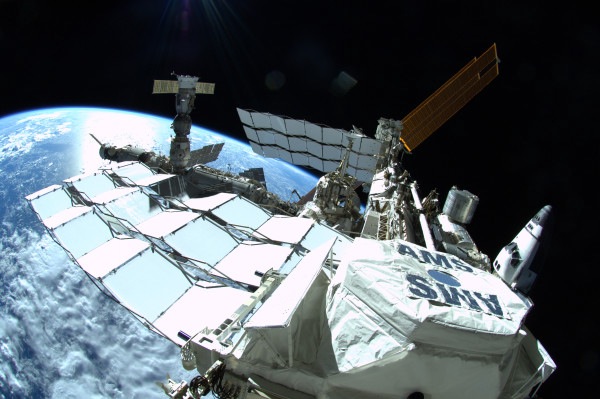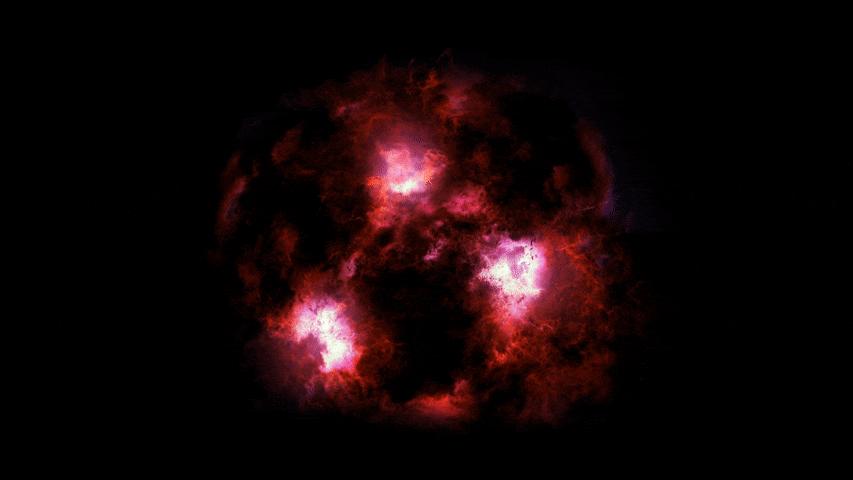When you purchase through links on our land site , we may earn an affiliate military commission . Here ’s how it works .
stargazer have solved an intergalactic slaying mystery story : Andromedadid it . And research worker have found the dupe ’s corpse .
A new paper published Monday ( July 23 ) in the daybook Nature Astronomy read like an account statement of telly detective show . The researchers cautiously canvass a orphic trail of virtuoso , a shrunken galactic body and the faint halo of star remains around Andromeda ( theMilky Way ’s nearest astronomic sibling of similar size ) so as to assemble together the facts : About 2 billion old age ago — around the same time that eukaryotes , our most basic ancestors , first formedon Earth — there was a third large galaxy in the neighborhood . But Andromeda tear up it , gobbled it up and thrash its corpse into the dark .

An image shows the Andromeda Galaxy in incredible detail.
Researchers had mistrust for a long clock time that Andromeda might have undergo a merger in the late past , said Amanda Moffett , an stargazer and galaxy evolution expert at Vanderbilt University who was not involved in the study . What ’s raw and surprising , she said , is the idea presented in the paper that M32 , a pocket-size dwarf Galax urceolata in Andromeda ’s orbit , is actually the corpse of the much orotund beetleweed destroyed in that uniting . [ Images of Andromeda ]
" When people put forth this murder scenario in the yesteryear , there was a question of what happened to the factual progenitor [ or destroyed galaxy ] , " Moffett said . " Has it just so exhaustively merged into Andromeda that we ca n’t plunk them apart anymore ? "
To answer that head , the researchers ran some careful information processing system simulations ofgalaxy fundamental interaction . They found that , with the correct parameters , a galaxy uniting 2 billion age ago could produce the clew seen around Andromeda today : a long stream of stars stretching out into the existence , an extra - thick mist of loose principal around Andromeda itself , a cluster ofstars in Andromedathat formed 2 billion twelvemonth ago , and — critically — the core of that lost galax still swim nearby , in the manakin of M32 .

" This explain why M32 is a very unusual galaxy in a act of manner , " Moffett said .
Typically , she explain , midget galaxies like M32 are made up of lead that all form around the same time and from the same picayune clump of cloth . Bigger galaxies like the Milky Way and Andromeda run to have wiz with a much wider range of ages . But the stars of M32 are like the stars of a swelled wandflower , in that they are circulate out in age across billions of twelvemonth .
This murder scenario could excuse the odd age reach — M32 was once a much big Galax urceolata that got stripped down , rather than a small clod that form all at once in its present mannequin . So , this paper clear two mysteries at once , Moffett said : what happened to Andromeda ’s execution dupe , and why M32 looks so weird .

There are still some undetermined doubtfulness , Moffett sound out . Andromeda has another dwarf neighbor , lie with as M33 , that ’s almost as big as M32 . The theme does a good job of explaining how M32 got where it is , but not how M33 finish up there .
That ’s a question relevant to the broader , still - unanswered question of whether the Milky Way and Andromeda are oddballs in a existence fill with coltsfoot devoid of revolve nanus galaxy , or whether this is how most big galaxies arrange themselves .
Hopefully , scientists will be able to answer that question in the next 4 billion years , before Andromedagobbles us upas well .

Originally published onLive Science .
















